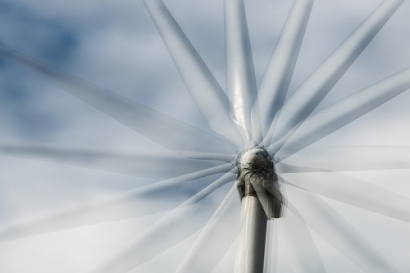
A recent study for Scottish Renewables found two-thirds, some 66 percent of rural Scots, support the use of onshore wind energy, and only 11 percent oppose it. Sounds great, correct? Not so fast, the Highland Council recently recommended an objection to the Moray Firth wind project, stating a fear that the wind farm will "dominate the horizon". Apparently the 11 percent have a say!
Here in the US, recent headlines such as BLM rejects massive wind farm along California-Nevada border, Planned wind farm near Pretty Prairie faces opposition, and Plans for wind farm construction in Botetourt County remain on hold appeared over the course of just a few days.
And let's not forget our friends down under. Last month, MP Connie Bonaros called for a moratorium on new wind farm developments in South Australia due to ongoing health concerns and impacts on local communities.
We urge our clients to be proactive from before day one of submitting an application for a wind farm proposal. You cannot sneak wind turbines into a community, so why not be open and aggressive in reaching residents and stakeholders with the facts, and disseminating information through various mediums to enhance the chances of approval for your project - in a timely manner. Remember, often delays are as dangerous as cancelations of projects. Here are a few tactics to consider:
A Project Website
Create a website just for the project to explain the process of wind energy, disseminate facts and dispel rumors. A website is also a great way to have residents ask questions, submit letters of support, and communicate with the energy development team of experts.
Leveraging Social Media
Creating accounts with the intent of granting the community quick access to facts, graphics and answers to frequently asked questions is an efficient way to identify and engage with supporters. Additionally, social media is an easy way to keep stakeholders informed. Launching social media in a timely manner allows you the chance to control the promoted message rather than being forced to react when opposition arises. Social media is no longer just about Facebook either. Twitter, LinkedIn, and Instagram are often used now to promote projects.
Hold Community Open Houses
To explain wind energy to skeptical residents will take a public education campaign, and no better place to start this than with a community open house. An open house allows the development team to showcase the process of wind energy, showcase wind turbines with drawings and photos, and alleviate concerns by dispelling rumors and half truths that may have circulated. It is a great way for one-on-one communication with residents and those who live nearby who may feel they are more impacted.
A Door-to-Door Effort
For those who do not have access to the internet, door-to-door campaigning will be the most effective method of relaying project information, especially those who live near the proposed wind farm site, and may have stronger feelings on the project. Neighbor to neighbor communication is vital.
Utilizing Direct Mail
While social media campaigns will still reach an important audience, it is imperative to account for those that will benefit more from physical mailing. Direct mailing is cost effective when targeted to specific demographics- i.e. invitations to public hearings or open houses to supporters once they have been identified. Sending a direct mailer that corrects myths and clarifies misconceptions could sway those who have not taken a stance in your favor. "Snail mail" may be old, but it can be very useful.
All land use is local. Building support from the ground up is often a good way to have these projects approved in a timely and more cost-efficient manner.
Al Maiorino started Public Strategy Group, Inc. in 1995. His firm has developed and managed multiple corporate public affairs campaigns in a variety of industries such as gaming, cable television, retail development, auto racing, energy and residential projects. Additionally, his firm has worked on projects in twenty-six states and three countries.

